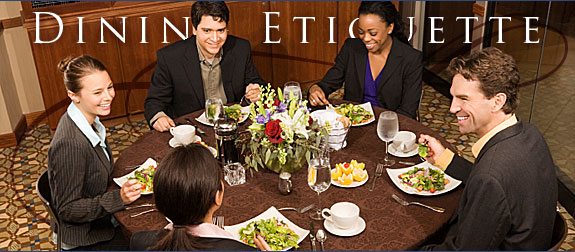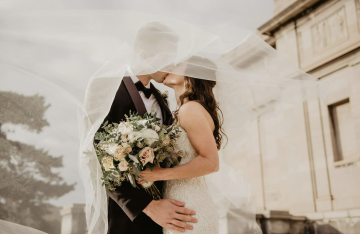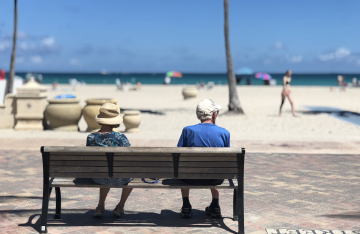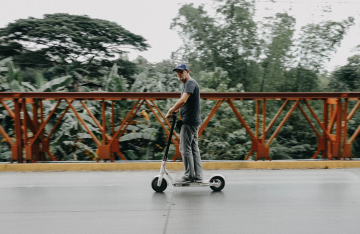Hosting or attending a formal dinner can be a daunting occasion for someone less versed in the etiquette of fine dining. To a novice there can appear to be so many rules and traditions of adhere to plus a whole host of faux pas to avoid. As dining is becoming an increasingly more relaxed affair, many people today are simply unaware of the correct behaviour one should uphold at a formal meal.
If this describes you, or you feel you need an etiquette refresher course, then read on for some useful advice.
The Layout
The first that confuses many people when sitting down to dine is the seemingly complicated layout and order of things. Which piece of bread belongs to me and which water beaker do I drink from are all common conundrums for first time fine diners!
Fortunately, there is a very simply rule to remember that quickly identifies exactly what belongs to you. Form a lower case ‘b’ with your left hand (make a circle with your forefinger and thumb). This reminds you to start left and work right. Then, use the acronym ‘BMW’ to remember to place your bread, meal and water from left to right in front of you.
Ignoring for a second the mass of plates and cutlery in front of you, ‘BMW’ clearly identifies your bread to the left of your plates, your meal in front of you and your water to the right.
The remaining glassware is also likely to be found to the top right of your plates, formed in a triangle or diamond configuration. Your water goblet will be in the closest position to your hand, roughly 2cm above the tip of the dinner knife.

The Cutlery
Unlike more casual dining settings where cutlery is brought to the table with each course, a fine dining set up will have every piece of flatware required for the entire meal. If you are hosting a formal meal it is important to have the entire set of knives, forks and spoons for every course and side. Investing in a complete set of flatware can be expensive, so visit www.cameocateringequipmenthire.co.uk if you are interested in hiring cutlery and catering equipment.
Whilst at first a full set of cutlery can appear daunting, the rules of use are simple and straight forward. The first course should use the outmost set of cutlery, with each subsequent course using the next set in.
Place your cutlery onto your plate between mouthfuls, angling it slightly to indicate to the waiter or waitress that you are not finished. Ensure you use both your knife and fork together, as cutting up food at the start of the course to then use only your fork is considered poor etiquette. The tines of your fork should always face down whilst you eat – it is a fork and not a shovel!
Once finished, place the cutlery pair vertically together, tines facing up, onto the centre of your plate.
Dress
Whilst dress codes are forever relaxing and there is no longer the requirement to wear a tuxedo or strict evening dress, men and women should make an effort to dress smartly when attending a formal dinner. A shirt and jacket for men is the absolute minimum dress code; if entertaining clients or strangers then a suit and tie is more appropriate. Women should where a smart dress or suit. Formal shoes are always appropriate, rather than sandals or trainers.
Starters, Puddings and Desserts
Starters, which you will likely be familiar with, are served before the main course. Soup must beat eaten with a spoon and never slurped from the bowl. The bowl should also remain firmly on the table at all times. Scoop soup from the bowl in an action that begins in the centre of the bowl and moves towards the furthest edge. Bring the spoon to your mouth and eat from the side, taking care not to slurp or place the entire spoon in your mouth.
Pudding and dessert are different courses and should not be confused. Pudding is a sweet course; a tart or piece of cake for example. Dessert, on the other hand, is a course of fruit or cheese served afterwards. The same rules apply here for using cutlery.
Napkins
Finally, unfold napkins and place them on your lap. Never took them into your dress or shirt. You may use the napkin to dab the corners of your mouth but never use it to wipe away food. If you need to leave the table, after requesting the host’s permission, place the napkin on your chair rather than on the table or plate.




